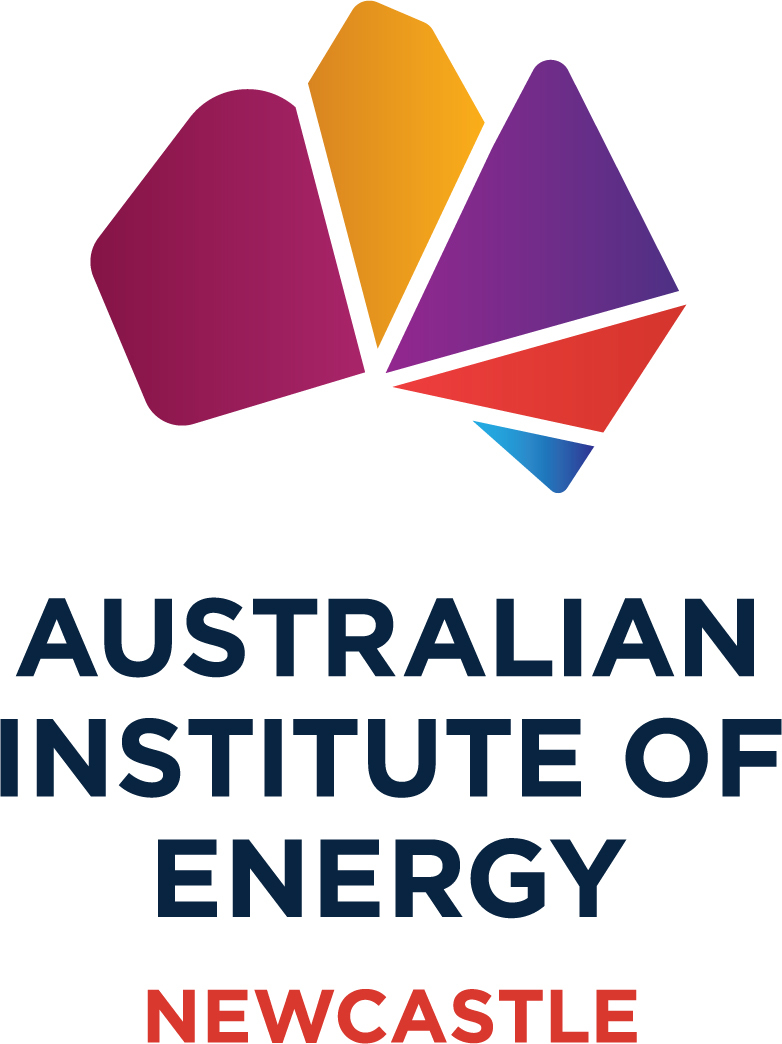Coldplay tour features University of Newcastle’s recyclable solar technology
A recyclable solar material developed by researchers in Newcastle is helping power Coldplay’s Music of the Spheres world tour.

Printed Solar technology, commercialised by Kardinia Energy and supported by the UON Centre for Organic Electronics (COE), has become part of Coldplay’s efforts to reduce the environmental impact of their performances.
The band aims to halve their tour’s projected carbon emissions and has partnered with various innovators to achieve this. The printed solar has been deployed at venues, with 500 square metres of solar panels installed around seating areas and near the stage. These panels collect energy, stored in batteries, to power the C Stage and other equipment during shows.
Next-Generation Solar Technology
Printed Solar uses organic photovoltaics (OPVs), a solar cell technology that relies on organic compounds to convert sunlight into electricity. The material, manufactured at the Newcastle Australian National Fabrication Facility (ANFF) Hub within the UON Newcastle Institute for Energy and Resources (NIER), is made with PET plastic using roll-to-roll printing methods. The panels are lightweight, flexible, and fully recyclable in-house, offering an environmentally friendly energy solution.
Dr Ben Vaughan, manager of the ANFF Hub, explained to the Trailblazer for Recycling and Clean Energy (TRaCE) that the technology has applications beyond concerts. “It’s lightweight and flexible, which makes it ideal for use on industrial rooftops, in emergency situations, and other settings where energy generation is needed,” he said.
Unique Challenges and Opportunities
Coldplay’s collaboration with the University of Newcastle team required creative problem-solving. Dr Michael Dickinson, a researcher at the COE, described the challenges of adapting the technology for a concert setting. “Mounting the solar cells onto seating areas was something entirely new to us. We used mesh on the seats as anchor points, ensuring the panels remained in place while optimally facing the sun,” he said.
Seeing their work used in a live concert setting was a rewarding experience for the team. “The opportunity to apply our research in such a public and impactful way has been incredible,” Dr Dickinson added.
From Research to Commercial Use
Printed Solar has been in development since 1996, when Professor Paul Dastoor began exploring conducting polymers. The team began producing the material at the University of Newcastle in 2012, and in 2020, Professor Dastoor partnered with Kardinia Energy’s CEO Anthony Letmon to commercialise it.
“In the early days, our solar cells were no bigger than a pinky fingernail. Now, we’re installing hundreds of square metres in a stadium,” said Dr Vaughan. “It’s rewarding to see years of effort come to fruition in such a practical way.”
Plans for the Future
With support from the Trailblazer for Recycling and Clean Energy (TRaCE) program, Kardinia Energy and the university plan to build an Australian-based manufacturing facility in the Hunter Valley. This facility aims to accelerate the transition of Printed Solar from a research project to commercial production. The team is also working on a TRaCE R&D Voucher project to optimise energy conversion systems for a range of applications.
Professor Dastoor highlighted the importance of scaling up production. “We currently produce hundreds to thousands of metres of material at our research facility. The next step is to develop a full manufacturing facility, enabling wider use of this technology in areas such as industrial applications, electric vehicle charging, and more concert deployments,” he said.
The partnership with Coldplay has provided an opportunity to demonstrate the technology’s capabilities and gather valuable data for future improvements. The Printed Solar team plans to continue working with the band in 2025 as the tour expands to new locations.













